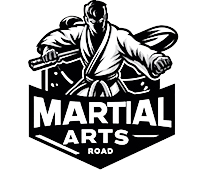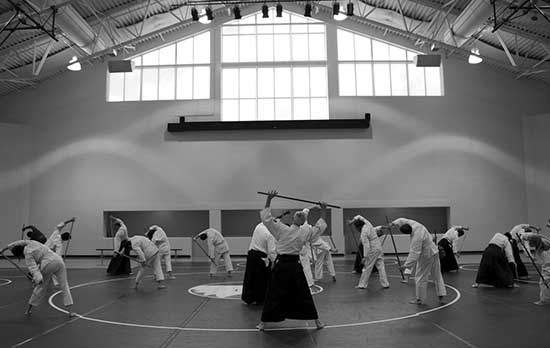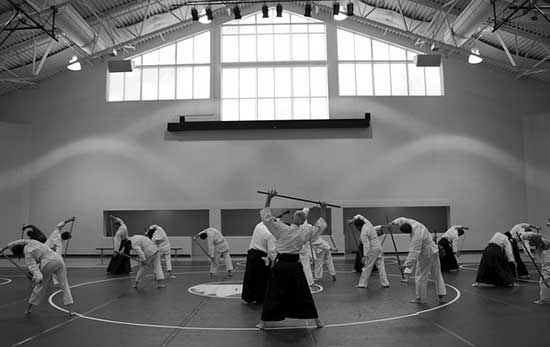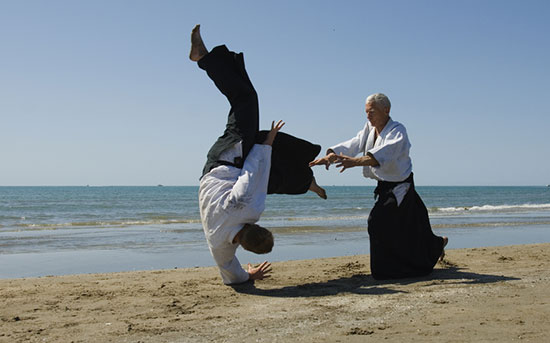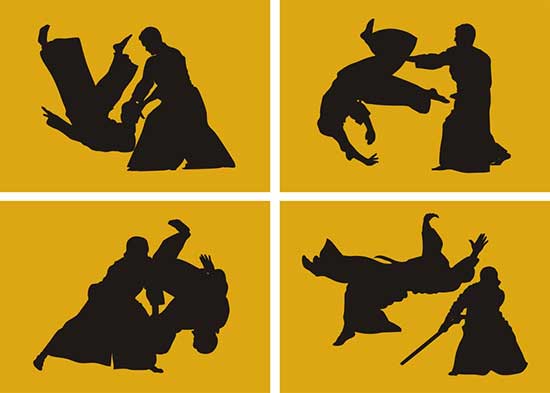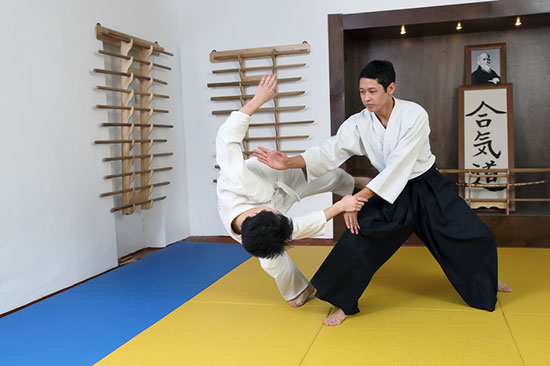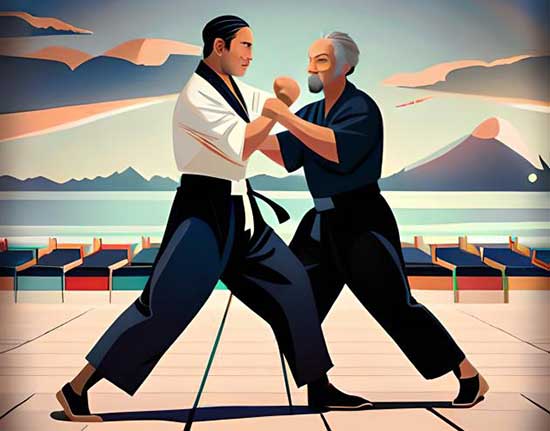Are you interested in martial arts? Do you want to learn about Aikido throws or perhaps even master them? If yes, then you’re in the right place!
Aikido is a Japanese martial art that focuses on throws, joint locks, and pins. It’s an excellent style to learn if you’re interested in learning self-defense techniques.
We’ll discuss what makes Aikido unique, the most common throws used in Aikido, and give some tips on how to perform them properly. So, let’s get started!
Contents
What is Aikido?
Aikido was founded by Morihei Ueshiba in the early 20th century. Ueshiba was trained in various traditional martial arts including jujitsu and Kenjutsu, and he combined these styles to develop a new martial art – Aikido.
Unlike most martial arts, Aikido doesn’t focus on striking or punching techniques. Instead, it uses techniques like throws and joint locks to subdue an opponent.
The idea behind Aikido is to use your opponent’s energy against themselves, rather than trying to overpower them with brute force.
Basic Techniques
Before we dive into Aikido throws, it’s essential to understand the basic techniques of Aikido. These include strikes, kicks, and blocks.
Strikes – In Aikido, strikes are referred to as atemi. They’re typically delivered with an open hand rather than a closed fist. The most common atemi used in Aikido are strikes to the head or neck.
Kicks – Unlike other martial arts like Kung Fu or Boxing, kicks aren’t commonly used in Aikido. However, there are a few basic kicks used in the style.
Blocks – Aikido blocks are used to deflect an opponent’s attack rather than stop it entirely. The goal is to redirect the opponent’s energy and leave them off-balance.
Aikido Throws
Now, let’s move on to the most exciting part of Aikido – the throws! Aikido throws are incredibly versatile and can be used in a wide range of situations. Here are some of the most common Aikido throws that you’ll learn as a beginner.
- Irimi-Nage: This throw is also known as “entering throw” and involves blending with your opponent’s attack to redirect and throw them.
- Kaiten-Nage: This throw is also known as “wheel throw.” It involves spinning your opponent around before throwing them.
- Kokyu-Nage: This throw is all about using your body alignment and breathing to create power before throwing your opponent.
- Tenchi-Nage: This throw involves using circular movements to control your opponent’s body before throwing them.
- Shiho-Nage: This is one of the most popular throws in Aikido. It involves applying pressure to multiple joints in your opponent’s arm while moving their body in a circular motion, before throwing them.
Tips for Performing Aikido Throws
Performing Aikido throws requires a lot of practice, patience, and dedication. Here are a few tips that can help you perfect your technique:
- Practice regularly: The more you practice, the better you’ll become. Try to train at least twice a week to maintain consistency.
- Focus on proper form: The key to performing Aikido throws correctly is to maintain proper form. Pay attention to details like foot placement, hand movement, and body position.
- Use your whole body: To generate maximum power, use your whole body when performing a throw. Don’t just rely on arm strength.
- Learn the basics first: Before moving on to more advanced throws, make sure you master the basic techniques of Aikido.
- Be patient: Aikido throws require a lot of patience and persistence. Don’t get discouraged if you’re not able to perform a throw correctly at first. Keep practicing, and you’ll get there eventually.
Conclusion
Aikido throws are an incredible martial art technique that can be used for both self-defense and sport.
Whether you’re a beginner or an advanced practitioner, there’s always room for improvement when it comes to Aikido throws.
So, keep practicing, and you’ll be sure to master them in no time! Remember to focus on proper form, use your whole body, and most importantly – have fun with it. Happy throwing!
